Hang Snatch High Pull: How To, Benefits & Variations
Author:
Unlock your full potential by engaging with our experts and community! Have questions about your fitness journey or looking for expert advice on weightlifting techniques? Don’t hesitate — leave a comment below and Oleksiy Torokhtiy will provide a personalized answer and insights to help you reach your goals.
Torokhtiy is reader-supported. Some links are affiliate links, and we may earn a commission at no extra cost to you. See our disclosure page for details.
If there’s an exercise that deserves a spot in everyone’s routine, it’s the hang snatch high pull. Okay, in all honesty, there are many exercises that deserve that spot, but hey, this one sure is one of them!
It mostly targets your hips and upper body, specifically shoulders, traps, and upper back, but it also works your core and lower body.
We’ll explain how to do it, discuss some key benefits, tell you what mistakes to avoid, and we’ll also share some variations and alternatives, just in case you get bored and want to switch it up.
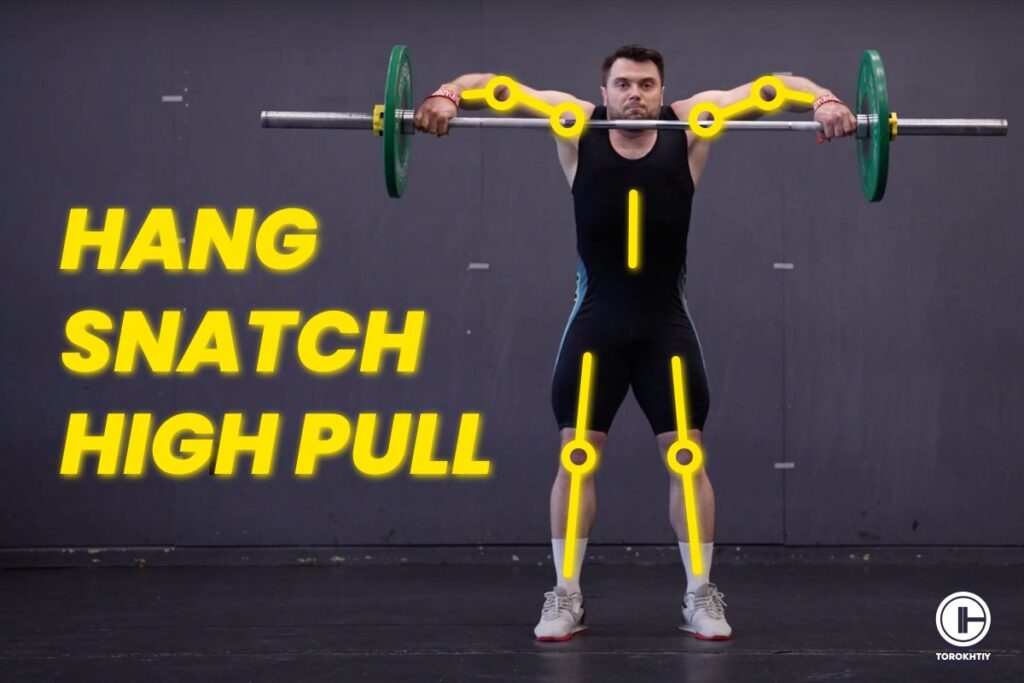
What Is the Hang Snatch High Pull?
The hang snatch high pull is a hybrid of the hang snatch and the high pull and it combines the elements of both. The result is an exercise that builds power, speed, and coordination.
It starts with the bar below or above your knees, then you explosively extend your hips, knees and ankles to pull the bar up to your chest while keeping the elbows high.
Like a barbell upright row but you use your legs as well and hold the bar in a snatch grip.
How to Do the Hang Snatch High Pull?
1. Starting Position
Stand with your feet shoulder-width apart and hold the bar with an overhand snatch grip – use straps if you want, they are very helpful during that exercise. The bar should be below or above the knees depending on the variation. Bend your knees a little and push the hips back.
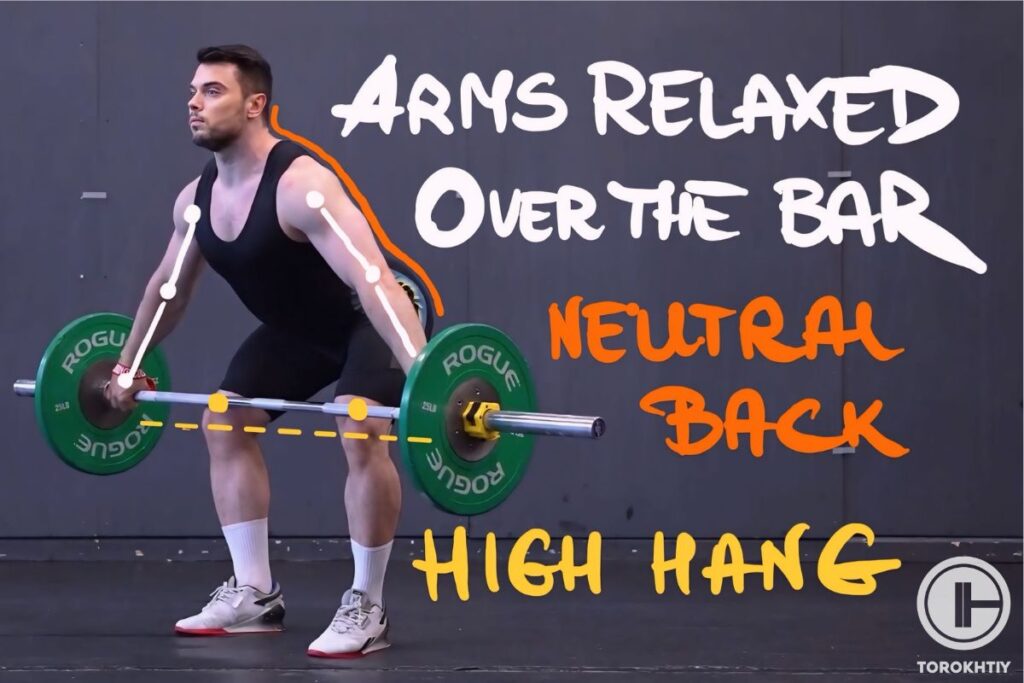
2. Second Pull and Power Position
The first pull happens when you start from the floor, and since that’s not the case here, we’re almost going straight for the second one.
In case you start below the knees there will still be some short part of the first pull which is usually slower than second.
Once you pass your knees with the bar, your torso should be more upright and shoulders still over the bar. Now, explosively extend your hips and knees. As you extend, shrug your shoulders and fire the bar up.
Keep it close to your body and lead with your elbows.
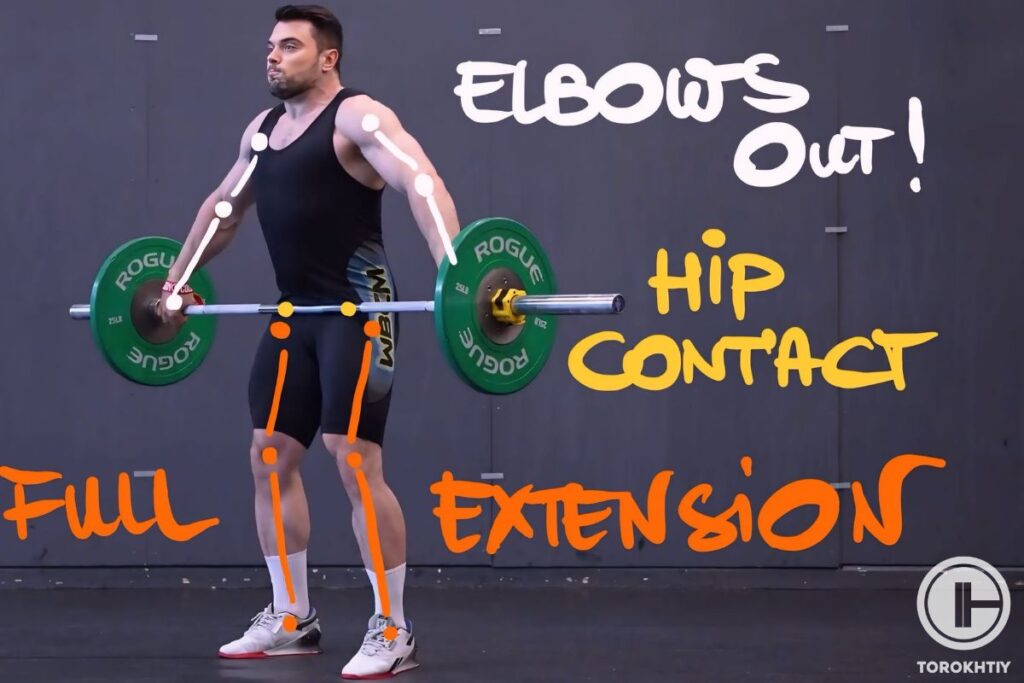
3. High Pull
Keep pulling the bar as high as possible. Your elbows need to stay high and form a straight line from elbow to elbow. Extend your legs completely and stay on flat feet or on the balls of your feet.
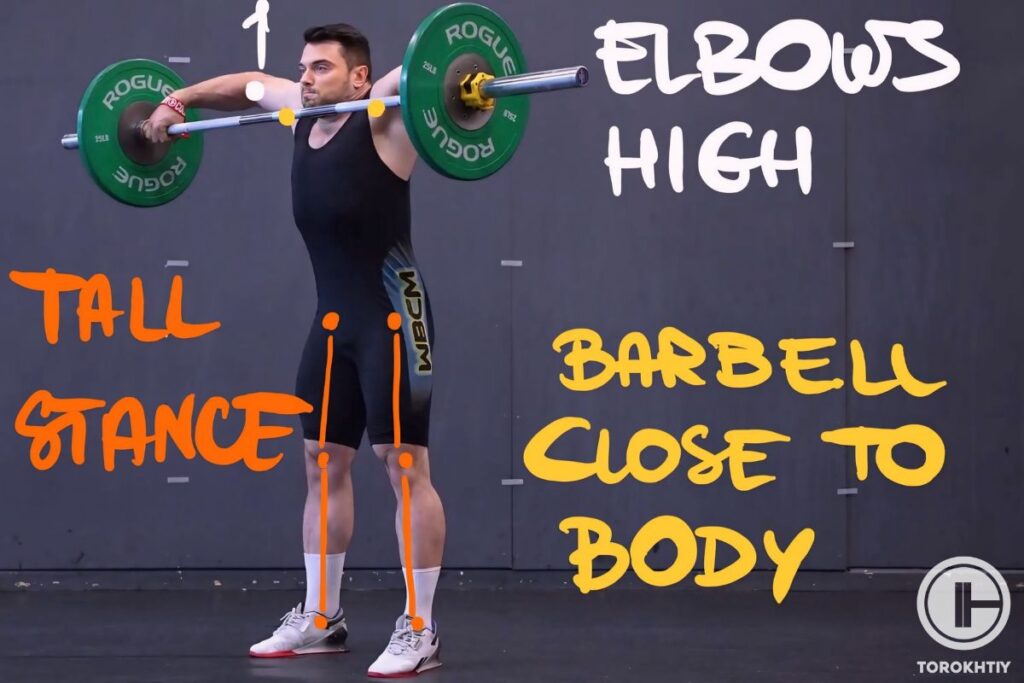
4. Lower the Bar
Lower the bar back to the starting position in a controlled way. You can go fast down or control the eccentric part of the movement and get some extra time under tension, depending on your goals.
Save it for easy access!
Bookmark this page now to access the program and instructional videos anytime, anywhere.
Stop wasting time searching during your gym sessions.
How to Program Hang Snatch High Pull?
| Level | Reps | Sets | Frequency |
|---|---|---|---|
| Beginner | 3-5 | 3 | 2 times per week |
| Intermediate | 3-5 | 3-4 | 1-3 times a week |
| Advanced | 1-5 | 3-5 | as many times as you need |
Beginner
- Do 3 sets of 3-5 reps per set
- Do the hang snatch high pull 2 times a week
- Use an empty barbell or super light weights to learn the form. Once you have, start increasing the weight in 5-10 lbs increments
Intermediate
- Do 3-4 sets of 3-5 reps per set
- Do the hang snatch high pull 1-3 times a week
- Continue increasing the weight to allow for progressive overload. Use a weight that’s challenging, but not so much that it messes with your form. Start using this movement in your bar complexes.
Advanced
- Do 3-5 sets of 1-5 reps per set
- Do the hang snatch high pull as many times as you need.
- Do complex variations like hang snatch high pulls with pauses or tempo variations. Combine with other Olympic lifting movements for an even better power development.
Follow us!

Free!
Get a 2-week Weightlifting Program as a bonus for the subscription to kickstart your training plan!

Free!
3 Common Hang Snatch High Pull Mistakes
❌ Using Too Much Weight
Correct form is always a priority because it keeps you safe, and if you use too much weight, you’ll mess it up. The weight should be challenging, but manageable. If it forces you to round your back or does not allow you to get the correct starting position – lower the weight.
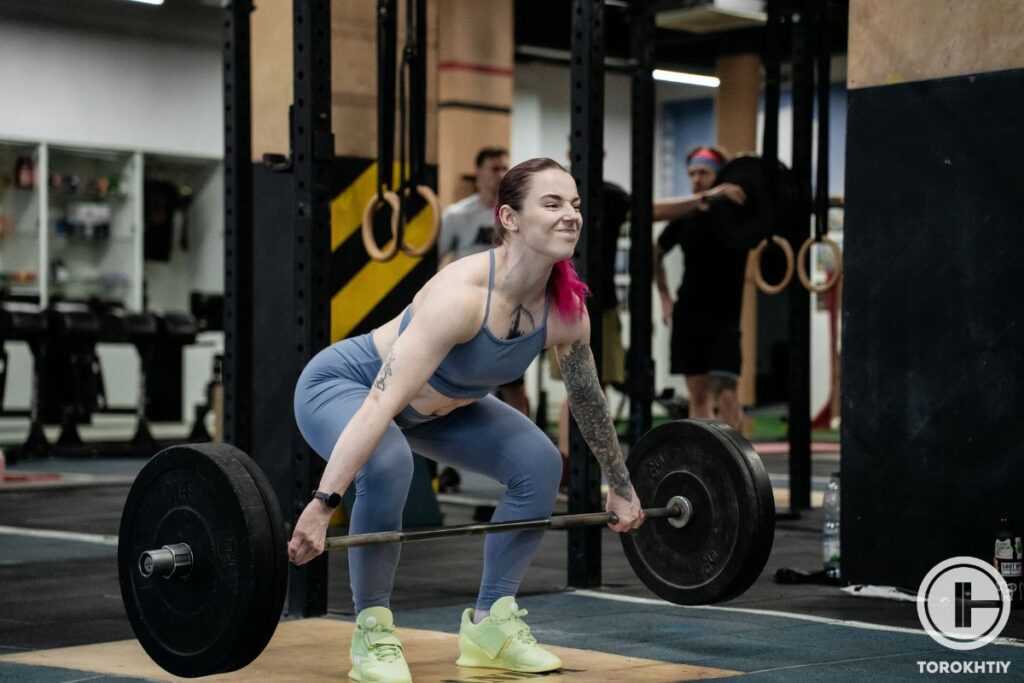
❌ Early Arm Bend
If you bend your arms too soon, you’ll reduce the amount of power your hips and legs have generated. Always bend your arms after you’ve fully extended your hips.
Another thing is that sometimes we bend our arms with lighter weights and when we go heavy it is impossible and we have different point of contact – which can be at least… painful.
❌ Rushing
This is an explosive, but controlled exercise. If you rush through it, chances are you’ll lose control, overextend and more, which can cause serious issues. Position must be there, stability must be there, only then start working on the speed of the lift.
More room for error than in case of regular snatch, but still important.
2 Benefits of Hang Snatch High Pull
✅ Stronger Upper Body and Posterior chain
The hang snatch high pull targets your upper body, which may increase strength, power, speed and muscle mass if done correctly.
Because you will be in the hang position, your posterior chain also gets some solid work.
Tips From the Champ
When you’re working on the hang snatch high pull, after power position direct your elbows aggressively. In my experience, this helps keep the bar path tight and vertical and prepares you for a stronger snatch.
Olympic Weightlifting Champion
✅ Better Coordination and Timing
You’ll need precise coordination between your upper and lower body to be able to do it so, over time, you can expect improvements in this area.
You can also work on your bar path after power position.
2 Hang Snatch High Pull Variations
1. Low Hang Snatch High Pull
You start with the bar just below your knees for this one. It focuses on a deeper hip hinge and engages the legs and hips more.
2. High Hang Snatch High Pull
Start with the bar above your knee. You can experiment with different heights and see how much that will affect your arm work. This will focus more on the explosive extension of the hips and knees but the higher it is the more arm work it will require.
3 Hang Snatch High Pull Alternatives
1. Upright Row
Stand with your feet shoulder-width apart and hold a bar in front of you. Pull the weight straight up towards your chin, keeping your elbows higher than hands, then lower it back down. Experiment with different grip widths.
This is a great exercise for improving shoulder strength, which is especially important for performance in sports.
2. Clean Pull
To do a clean pull, stand with your feet hip-width apart and the bar over your mid-foot. Extend your hips and knees at the same time to lift the bar. Once it passes your knees, explosively extend your hips and knees, and raise your shoulders up to the ears (up and back) and pull with your arms. Keep the bar as close to your body as possible.
The clean pull can improve your explosive power and strength.
3. High Hang Clean Pull
This is similar to the hang snatch high pull but it is done with a clean grip. Will target your muscles from a bit different angle and probably will allow you to lift more.
Start with the bar at your upper thighs and explosively extend your hips and knees while shrugging your shoulders and pulling the bar up to chest height. It will improve your pulling mechanics and strength.
Who Should Do the Hang Snatch High Pull?
1. Athletes
The hang snatch grip high pull can do wonders for explosive power, so athletes from sports like wrestling, mma, football, soccer, track and field, etc., can include it in their routine to improve their performance and overall athleticism.
2. Weightlifters
Of course, weightlifters will benefit from this, too, because it can help them refine their pulling mechanics, correct the bar path, work on pulling strength and more…
Muscles Worked by the Hang Snatch High Pull
The hang snatch high pull targets the whole body – legs and hips (especially in a low hang variation), lower back, shoulders, traps, and upper back. Your core will need to work basically during the whole movement. Your balance also will be challenged a few times. It will also improve your grip strength.
This is an exercise that can do a great job at building overall strength and power.
There is even room for slowing the eccentric part of the movement and getting some extra time under tension for your shoulders.
Conclusion
The hang snatch high pull is an awesome exercise that can add a lot of power and strength to your workouts. It targets a lot of muscle groups, improves coordination and explosive power, and it’s just an overall great addition to any routine. Looks difficult but it’s easier than you think once you grab the barbell.
Always prioritize good form, warm up before you start working out and don’t forget to take a rest day or two because your muscles need that to recover and grow.
Have you given the hang snatch pull a try? How did it go? Which variation or alternative do you plan to add to your workouts? Got any tips to share?
We look forward to hearing from you so leave a comment and let’s chat!
Also Read:
- Snatch vs Clean & Jerk
- Hang Snatch
- Snatch Pull
- Muscle Snatch
- Snatch High Pull
- Hang Muscle Snatch Exercise
- Hang Clean Pull
References:
- Becks Shepherd “Why are rest days important?” LiveScience, https://www.livescience.com/why-are-rest-days-important (accessed July 25th, 2024)
- Daniel Plotkin, Max Coleman, Derrick Van Every, Jaime Maldonado, Douglas Oberlin, Michael Israetel, Jared Feather, Andrew Alto, Andrew D. Vigotsky, Brad J. Schoenfeld, “Progressive Overload Without Progressing Load? The Effects of Load or Repetition Progression on Muscular Adaptations,” PeerJ 10 (2022): e14142.
- Health Promotion Board (HPB) “Prevent Injuries with Proper Form During Workouts,” Singapore University Health Center, https://www.nus.edu.sg/uhc/articles/details/prevent-injuries-with-proper-form-during-workouts (accessed July 25th 2024)
- Hyoung-Kil Park, Min-Kyung Jung, Eunkyung Park, Chang-Young Lee, Yong-Seok Jee, Denny Eun, Jun-Youl Cha, and Jaehyun Yoo. “The effect of warm-ups with stretching on the isokinetic moments of collegiate men.” Journal of Exercise Rehabilitation 14, no. 1 (2018): 78–82.
- Yuvaraj Ramasamy, Juliana Usman, Rizal Razman, Yeap Ming Wei, Harley Towler, and Mark King, “A Systematic Review of the Biomechanical Studies on Shoulder Kinematics in Overhead Sporting Motions: Types of Analysis and Approaches,” Applied Sciences 13, no. 16 (2023): 9463.
- Photos by Torokhtiy Media Team.
Why Trust Us?
With over 20 years in Olympic weightlifting, strength training, nutrition coaching, and general fitness our team does its best to provide the audience with ultimate support and meet the needs and requirements of advanced athletes and professional lifters, as well as people who strive to open new opportunities and develop their physical capabilities with us.
By trusting the recommendations of our certified experts in coaching, nutrition, and sports training programming, as well as scientific consultants, and physiotherapists, we provide you with thorough, well-considered, and scientifically proven content. All the information given in the articles concerning workout programming, separate exercises, and athletic performance, in general, is based on verified data.
The product testing process is described in more detail here.
Author: Oleksiy Torokhtiy
Olympic Weightlifting Champion
Best Results: Snatch – 200 kg,
C&J – 240 kg
Oleksiy Torokhtiy is a professional athlete boasting 20 years of experience in Olympic weightlifting. With multiple European and World titles under his belt, he has showcased his prowess in two Olympic Games (Beijing 2008 and London 2012). Upon concluding his illustrious career, Oleksiy dedicated himself to coaching. By 2022, he had conducted over 200 weightlifting seminars worldwide. He is the visionary behind an international sportswear and accessories brand known for its motto, “Warm Body Cold Mind.” Additionally, he is an esteemed author and the creator of a series of training programs and eBooks.
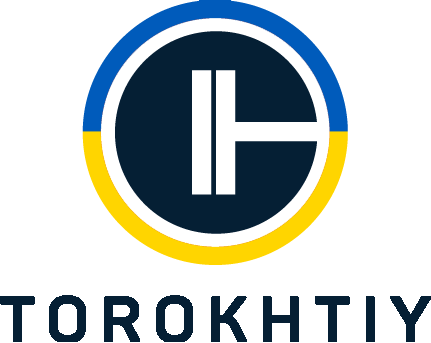



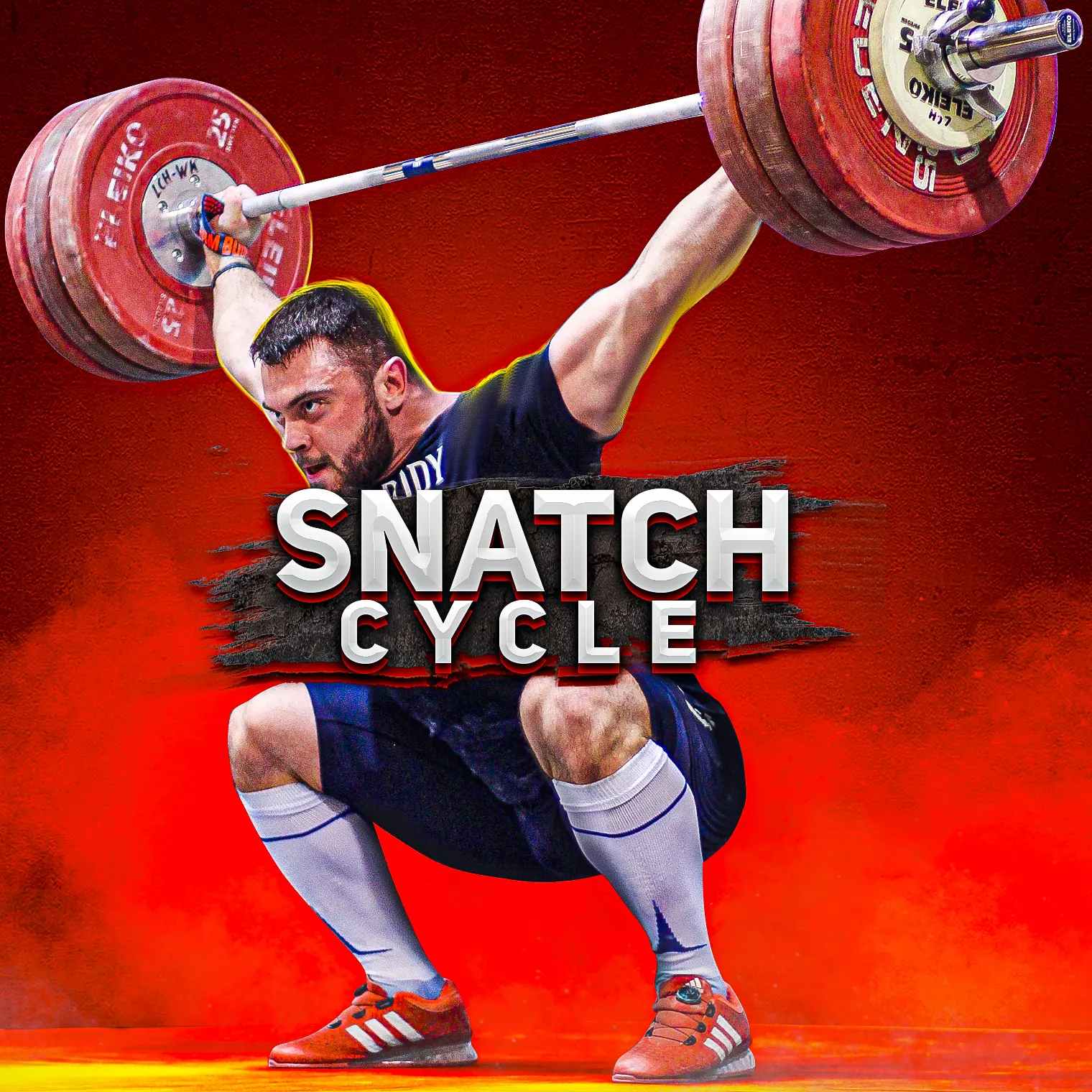
Still have questions after reading our article? Unlock your full potential by engaging with our experts and community! Don’t hesitate — leave a comment below and Oleksiy Torokhtiy will provide a personalized answer and insights to help you reach your goals.